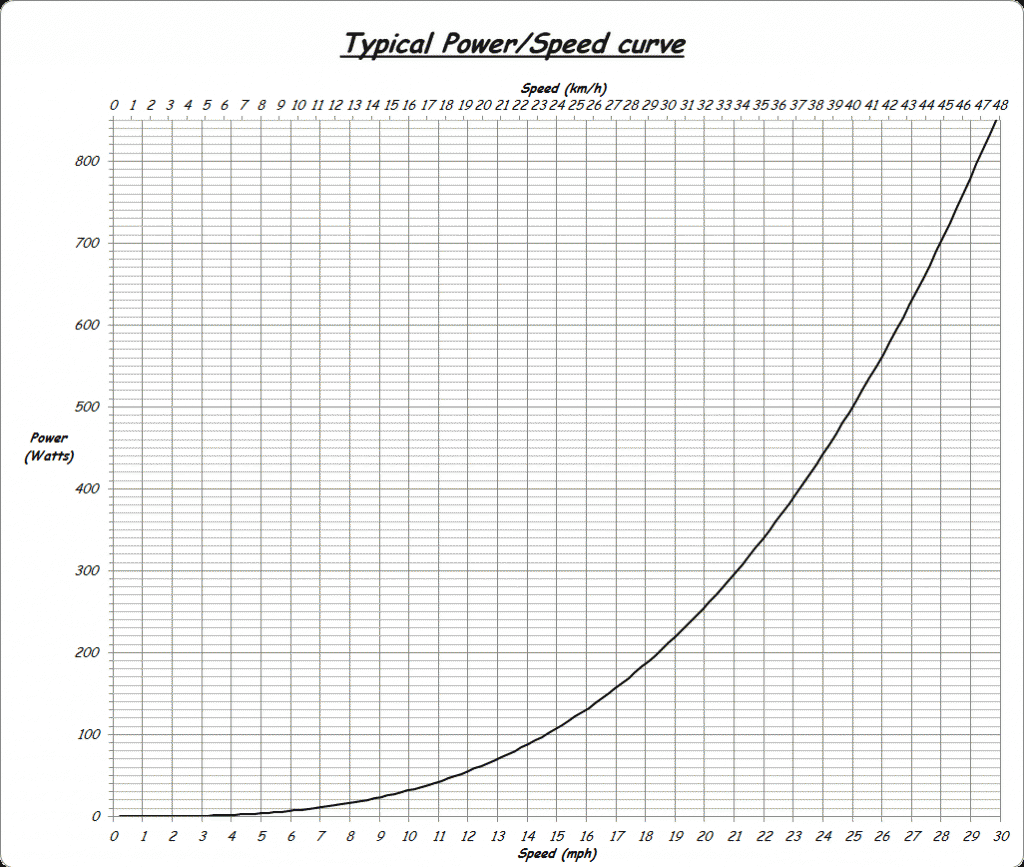Hi and

to the forum.
The total energy stored in a battery is more commonly compared in watt-hours
(Wh), which is calculated by multiplying a battery's average discharge voltage by its Ah rating.
In order to keep things nice and simple I will simply use the stated nominal battery voltage to provide a reasonable comparison:
36V x 12Ah = 432Wh
48V x 10Ah = 480Wh
According to my calculations, the 48V battery has approx 11% more energy available than the 36V battery, so it should therefore deliver a longer range than the 36V battery, but only if ridden at the same speed.
If you were to ride at full throttle, the 48V battery would have to expend its stored energy much quicker, and the range would be noticeably reduced as more energy would be needed
(consumed) to produce the faster acceleration, and also to overcome the additional aerodynamic and rolling drag caused by the increased speed.
The relationship between power and speed is quite complicated to calculate
(even on a perfectly level road) due to differences in coefficient of friction, frontal surface areas and the density of the air, the wind speed and direction etc., but it is generally accepted that doubling your speed requires eight times the power.


Even though it requires eight times the power to double the speed, it would only require four times the amount of energy to cover the same distance as it would complete the same journey in half the time!

So, if a bike needs 250 watts to maintain a steady 20mph on a level road, it would therefore need to consume around 500 watts to maintain 25mph on the same stretch of level road.
Conversely, it should only require 31.25 watts of power to maintain a steady 10mph along the same road.
 Alan
Alan